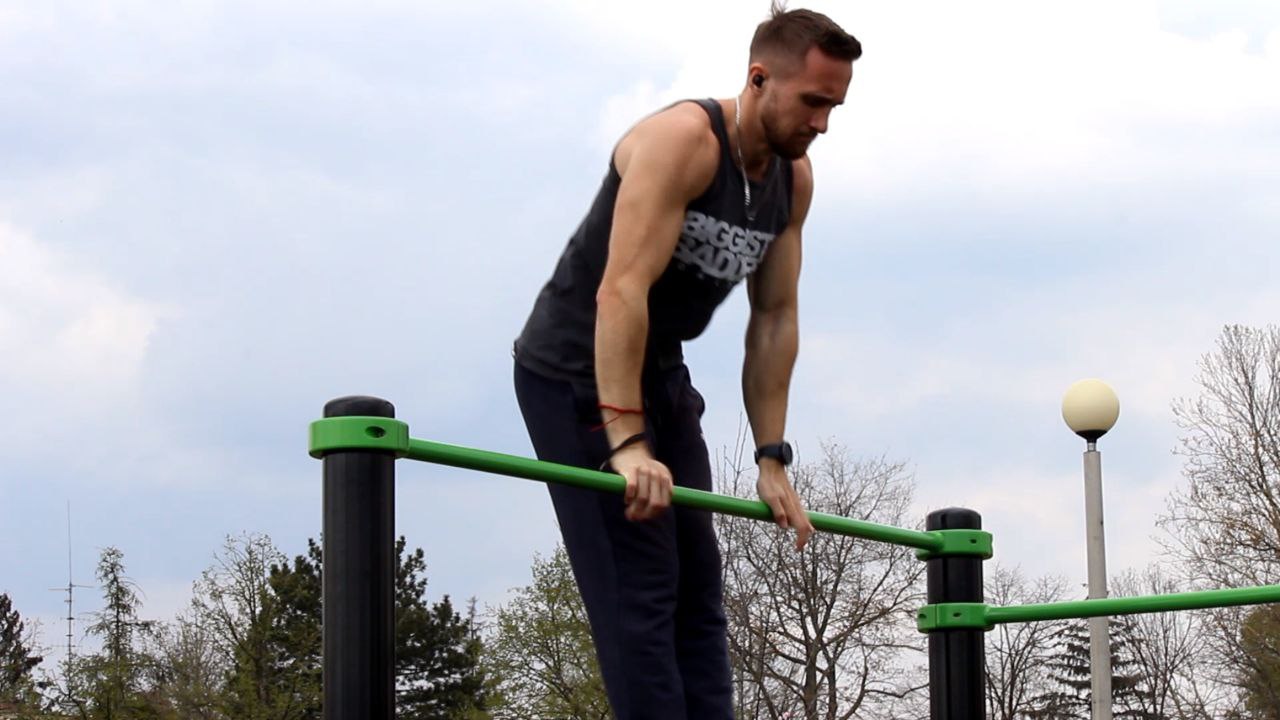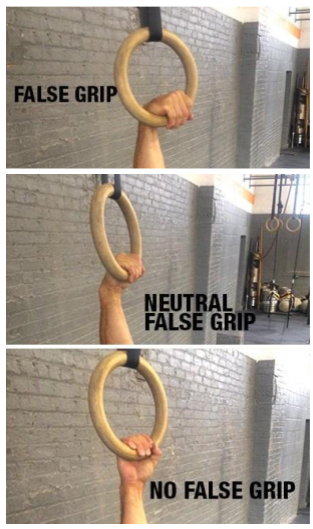The Path to a Perfect Muscle-Up
Achieving a muscle-up, a pinnacle move in calisthenics, represents not just physical strength but also technical proficiency. This comprehensive exercise is often seen as a milestone by fitness enthusiasts. If you are wondering whether you can start training it right away we can provide a piece of advice here. The foundational requirement is the ability to perform at least 12 strict pull-ups, ensuring adequate upper body strength.
Grasping the Basics: Grip and Initial Swing
A perfect muscle-up starts with the correct grip on the bar. Ensure your wrists are slightly over the bar, providing leverage to transition from pull-up to dip in one fluid movement. This 'false grip' is crucial and sets the foundation for the rest of the movement. Initial swings or 'kips' help generate momentum necessary for propelling the body upwards.
High pull-ups are also essential, where you pull yourself until your chest reaches the bar, rather than the chin. Training with an elastic band can help achieve the explosiveness needed for this phase of the muscle-up. Practicing these high pull-ups refines your technique and builds the specific muscle groups required.
Negative Muscle-Ups: Learning in Reverse
Negative muscle-ups, where you start from the top of the dip position and slowly lower yourself down, are excellent for building the strength and muscle memory needed for a full muscle-up. These should be done with care to avoid strain, focusing on a controlled descent.
Another beneficial exercise is the ring muscle-up. Training with gymnastic rings can be advantageous due to the additional instability and range of motion, further strengthening the wrists and improving grip.
Combining Skills and Building Strength
Merging explosive pull-ups with a strong kip forms the crux of transitioning into the muscle-up. As your upper body clears the bar, focus on a swift transition into the dip phase. This transition is the most challenging part and requires practice and timing.
Integrating these exercises into your routine steadily increases your muscle-up capabilities. Consistency is key—practice these elements separately and gradually combine them as you gain strength and confidence.
Patience and Perseverance: The Psychological Aspect
Lastly, remember that mastering the muscle-up is as much a psychological challenge as it is physical. Patience and perseverance play crucial roles in overcoming the initial difficulties. Setbacks are part of the learning curve, but with persistent effort, the achievement of performing a muscle-up becomes a reality.
In conclusion, while the muscle-up is an advanced skill, it is attainable through dedicated practice, proper technique, and incremental training. It not only enhances your physical capabilities but also elevates your mental toughness, making it a worthy goal in the realm of calisthenics.

